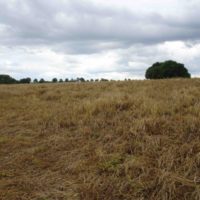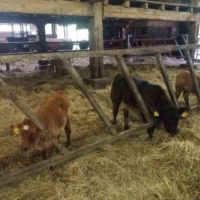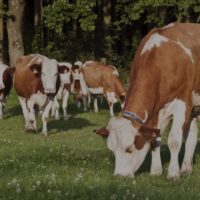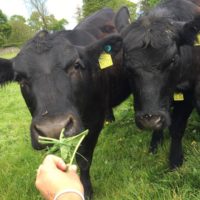Grazing management in the mid-season – Maintaining quality grass
Practice abstract
Description
Grass measurement is the key in day to day decision making on the farm of John Murray Carrick in Suir (Ireland). He has a paddock system which is essential to protect regrowths and to have quality pregrazing yield (1400 kg DM/ha). John is combining diploids and tetraploids in a mixture, creating a dense, high quality sward. The main aspects of management are:
- Rotation length should be approximately 18 – 21 days
- Target pre-grazing yields between 1,300 – 1,600 kg DM/ha
- Graze to 4 cm post-grazing sward height
- Remove grass surpluses as round bale
- Keep topping to a minimum, as it is very labour intensive
- Mid-season pasture quality can be improved by alternating paddocks that have been grazed with those that have been harvested for first and second cut silage
The motivation of the farmer was to produce as much milk from grass as possible to minimise the cost of production. By increasing the amount of milk produced from grass, the farmer is lowering the cost of production and increasing profit. This means that the system is sustainable both in a good and poor milk price year. It is important that investment in grazing is prioritised to give the maximum return in the future. The farmer does this by measuring grass in the mid-season, entering low covers for grazing and by grazing down to a residual of 4 cm. By focusing on grass, the farmer minimises the threat of relying on imported feed.
Abstract also available in:
Dutch | French | German | Italian | Polish | Swedish
Additional information
| Farming system | conventional farming |
|---|---|
| Domains of innovation | grazing management system |
| Main types of animal | dairy cattle |
| Country | Ireland |
| Product type | Practice abstract |
| Language | English |




